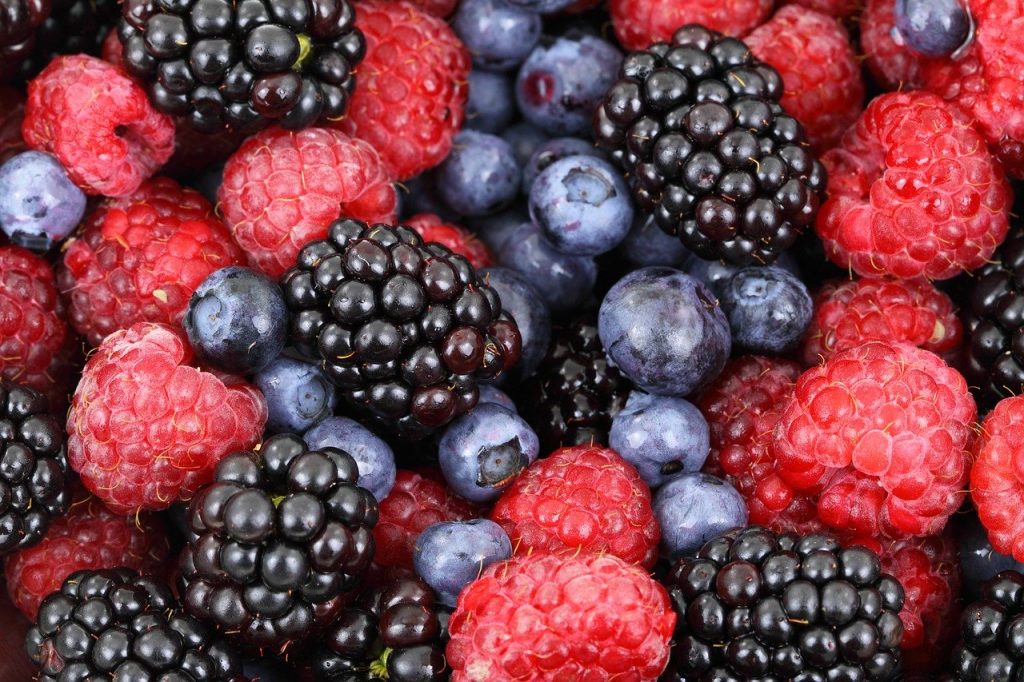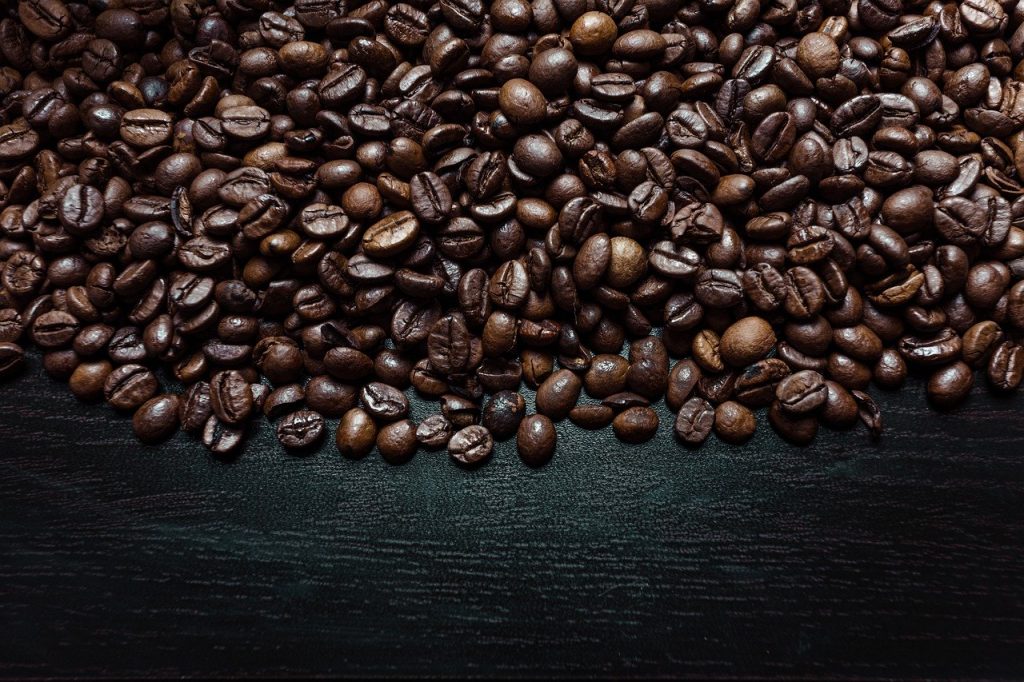[Article updated on 19/09/2023]
Endometriosis is characterized by the presence and proliferation of endometrial tissue outside the endometrial cavity. The clinical manifestations are varied. It usually extends to the pouch of Douglas or the ovaries and can cause ovarian enlargement. It can also involve remote sites (lung-umbilicus). Endometriosis is rarely found after menopause.
In question :
- Hypertoxic, inflammatory diet;
- Chronic acute inflammation or “chronic fire” (inflammatory diet, hyperpermeable or grossly “sieve” intestine, insulin resistance are generally the inducing factors);
- Exposure to endocrine disruptors which promote an excess of estrogens in the body, called “hyperestrogenism”;
- Deficient estrogen elimination emunctories (intestine, liver);
- “The triad of gynoid morphotype, weight gain and hyperestrogenism”;
- Oxidative stress (my body has insufficient shields, antioxidants, against aggressors, free radicals. This is a major cause of cellular aging);
- Glycated stress (“I caramelize myself. Causes insulin resistance).
We will remember the major role of the intestine-liver pair, which collaborates in the elimination of excess estrogens. Excess estrogen which promotes gynoid type weight gain (“pear” morphotype).
There are two intestinal priorities for hormonal balance:
- Avoid Leaky Gut Syndrome;
- Avoid Dysbiosis (unbalanced intestinal flora both quantitatively and qualitatively).
Lignans (phytohormones that inhibit aromatase: enzyme converting androgens into estrogens) will not be activated in the event of dysbiosis.
Estrogens arrive “conjugated” by the liver to the intestine, which in turn will eliminate these estrogens. However, in the event of dysbiosis, estrogens will be deconjugated by the enzyme B-Glucoronidase and will return to the general circulation.
Hyperpermeable gut syndrome
Warning: support falls within the competence of a health practitioner specialized in micronutrition, phytotherapy, gemmotherapy.
The hyperpermeable intestine (or “sieve”) and micronutrient deficiencies (Vit D3, Zc, Fe, Se etc.) are the ills of our time. And I have observed, over 10 years of practice, real misinformation relating to hyperpermeable intestine syndrome.
We will roughly speak of “porosity of the small intestine”.
The causes
The causes of hypermeable bowel syndrome are generally hypertoxic, inflammatory, unbalanced diet, tobacco, chronic stress, hypochlorhydria (gastric), taking medications such as antacids, anti-inflammatories taken chronically. . Or food intolerances, dysbiosis, candidiasis, parasitosis and excessive sport, etc.
Symptoms :
- Digestive symptoms (⅓ of symptoms) : Bloating / Alternation Diarrhea, constipation etc.
- Extra-digestive symptoms (⅔ of symptoms) : skin (eczemas etc.); chronic cystitis, food allergies, grass allergies, chronic inflammatory diseases (Ex: Crohn’s); autoimmune diseases Etc.
The diagnosis :
It is done in the clinic by a blood test (chronic acute inflammation verified by metabolic indicators of inflammation such as CRP us; Zn deficiencies for example) using the Endotoxin/LBP test (Labo Barbier).
What treatment?
- Correct the diet and partly nourish the intestine well;
- Phytotherapy (always on the advice of a health professional): Anti-diarrheal plants: loosestrife, blueberry. For constipation: organic flaxseed, psyllium, rhubarb. Antispasmodic: lemon balm, Angelica, marigold, mallow.
- Micronutrition (on the advice of a health professional): prebiotics, probiotics, synbiotics, L-Glutamine, N Butyrate, Vit D3, Vit B Zinc, Omega3 and Curcumin.

Dysbiosis
It is essential to correct dysbiosis to reduce the synthesis of B-glucuronidase which promotes the reabsorption of estrogens by the enterohepatic cycle.
The diagnosis :
In the laboratory: coproculture, MOU. Dysbiosis causes a hyperpermeable intestine.
How to do ?
- Diagnose the cause of dysbiosis;
- Correct the diet;
- Adapted therapy: phytotherapy (Ex: EPP) + Micronutrition.
Support liver detoxification
Optimize hepatic detoxification through diet, plants and micronutrition.
How to do ?
Support the non-toxic estrogenic 2-OH elimination pathway (low estrogenic and protective)
- Cruciferous vegetables: With DIM from broccoli (promoting the induction of the 2-OH pathway) as a supplement;
- Organic flax seeds + Lignans as a supplement.
Support the phases of liver detoxification
Phase 1
- Food: brassicas, alliaceae, rosaceae, fish oil, coconut oil, rosemary, wine, coffee, tea;
- Phyto : artichoke, black radish;
Phase 2
- Food: brassicas, spices, potatoes, corn, cucumbers, artichokes, asparagus, beets, fish, shellfish, algae, meat, cereals and legumes, citrus fruits, rosaceae, nuts, salad, dandelion, spinach, pepper, ginger, mustard, turmeric, rosemary, wine, coffee, tea;
- Phyto/Micronutrition : artichoke, black radish, milk thistle, Glutathione, N-Acetylcysteine, B9, B12, curcumin, ellagic acid, L-Glutamine etc.

Phase 3: Good intestinal flora to eliminate conjugated estrogens by the liver in phase 2
Always on the advice of a health professional, here is additional information.
- Phyto-progestin plants: Chasteberry, Alchemilla, Sarsaparilla etc. Attention : Progestin plants are generally not enough in cases of hyperestrogenism. It is recommended to supplement with phytohormones such as lignans and isoflavones and to detoxify excess estrogens.
- Gemmotherapy : Young apple tree shoots (progesterone like). Blackcurrant (anti-inflammatory). B6 which helps increase progesterone. (Attention: check on hormonal assessment: Estradiol and progesterone).
- Gui: Role in the apoptosis of cells causing endometriosis.
- Curcumin: Control of the inflammatory area.
- Milk thistle: Fight against congestion in the small basin.
- The probiotic Lactobacillus gasseri has a beneficial effect on dysmenorrhea and menstrual pain in women with endometriosis. It acts on the weakened immune system which has allowed the uncontrolled implantation of uterine cells.
- Krill or oily fish oil (patented by Epax and Pufanox).
- Evening primrose oil
- Zinc is essential in immunity and management of inflammation. Trace element often deficient in women with endometriosis.
- Support microcirculation: Ginkgo biloba.
By adopting these different tips, what can we expect?
- Reduction of pain;
- Reduction of anti-inflammatories and analgesics;
- An anti-inflammatory diet helps reduce the production of inflammatory cytokines involved in the proliferation and migration of endometrial cells;
- Hormonal modulation (via diet, micronutrition, phytotherapy, gemmotherapy).
Health is a path to awareness of the facts.
Dc Inthavong
